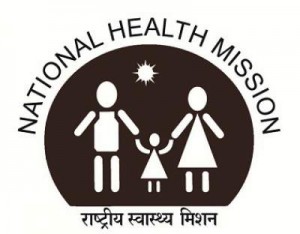The National Rural Health Mission (NRHM) was launched in 2005 by the government of India to deal with the health needs of the underprivileged and under-served rural areas of the nation. When started, it projected with health requirements of the 18 states that were known as having poor public health signals. Later, on May 1, 2013 Union Cabinet had accepted the launch of National Urban Health Mission (NUHM), as a sub-mission of National Health Mission (NHM), with National Rural Health Mission (NRHM) being yet another sub-mission of NHM.

The initiatives taken were, ASHA, Rogi Kalyan Samiti, Janani Suraksha Yojana and Health Care Contractors.

Accredited Social Health Activists, ASHAs create a link between the community of the people and the health system. This is the first to-do priority for any health related needs, especially of the women and children.
Rogi Kalyan Samiti or the Patient Welfare Committee is a group of trustees, for the hospitals, to handle all the affairs over there. With the unbound fund, the committee attempt activities for the patient welfare.

In JSY, Janani Suraksha Yojana, National Health Mission helps to lessen the maternal mortality of the pregnant women by offering them government health facilities. Under this scheme, cash assistance is provided to the eligible pregnant women for providing birth in a govt. health facility.
To the under-served places of the nation, NRHM has given health care contractors. Proper education and grooming skills are being provided to grow the skill set of doctors, and importance is being given to the building of nursing staff and subsidiary workers such as ANMs.

NHM volunteers are working with full enthusiasm to cater the health needs of the people. Their efforts are well appreciated by the Government of India.
















